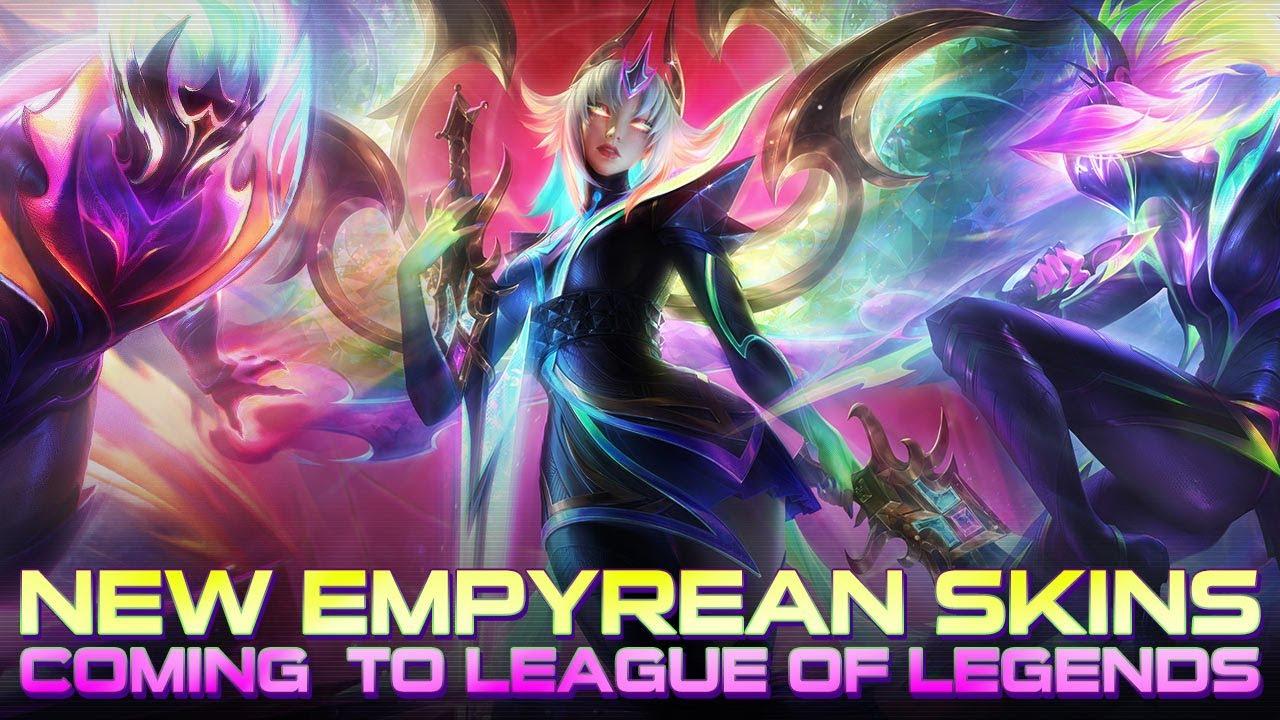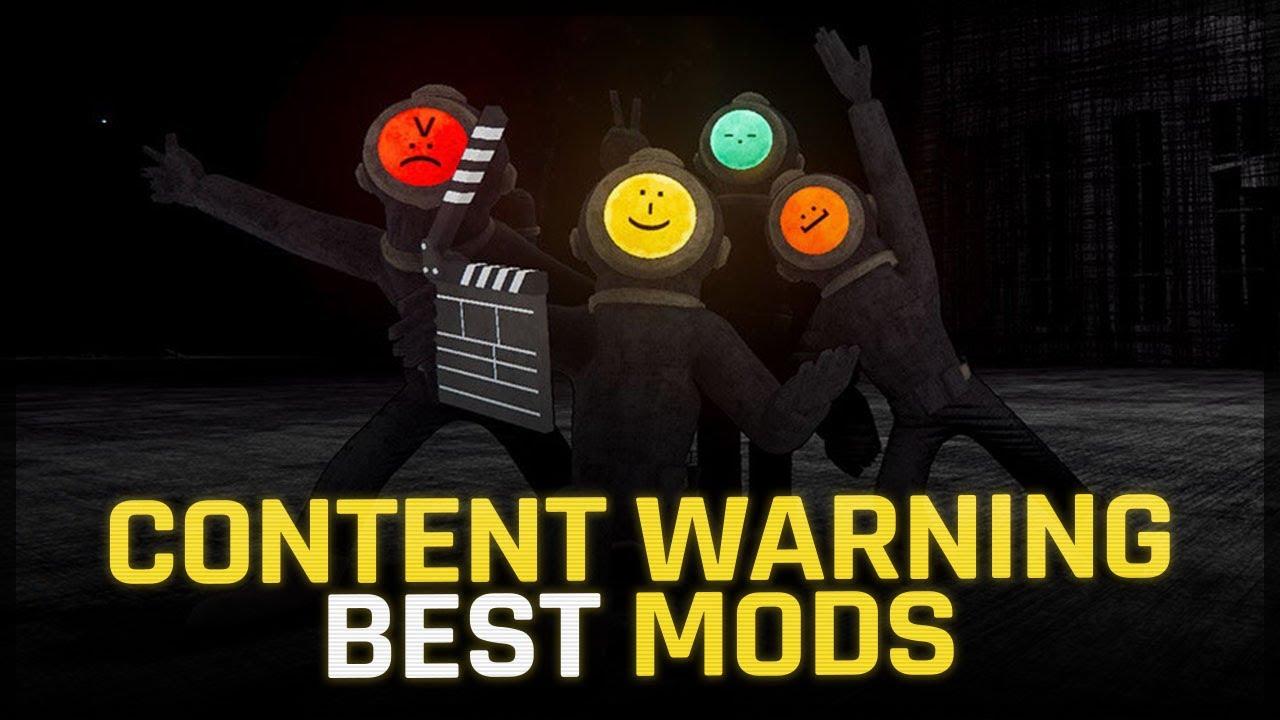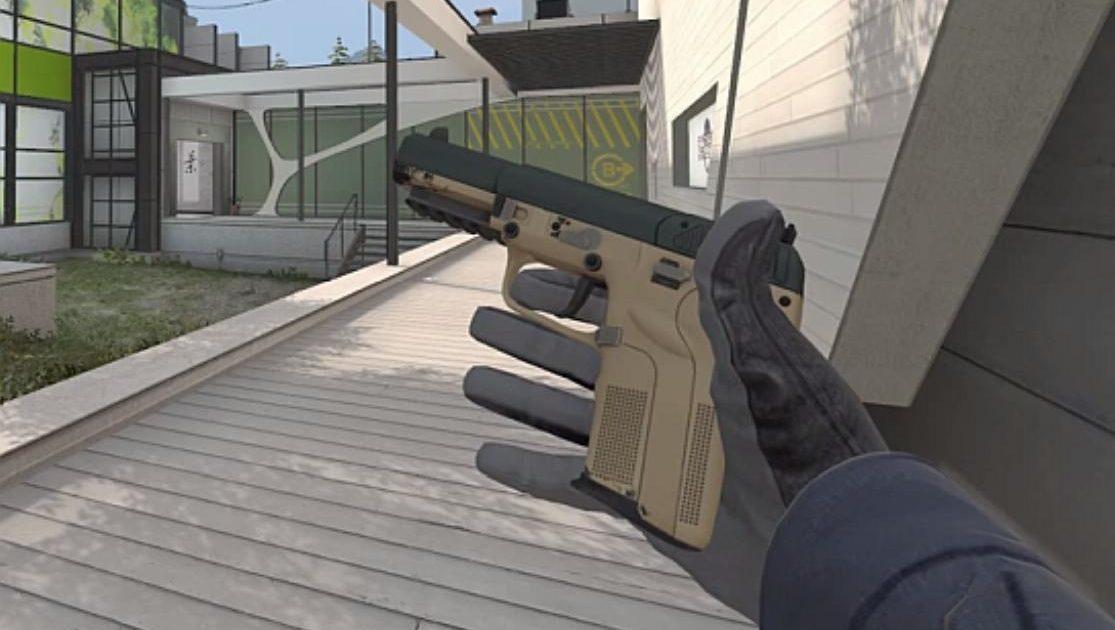
Explaining skin trading in CSGO
Counter-Strike: Global Offensive is one of the most popular and enduring games in history.
There are many different game modes and sub-communities within Counter-Strike, but one of the biggest revolves around in-game skins. The items change the appearances of a player’s gun to make them more unique, and some can be sold for thousands of dollars.
Many YouTubers and streamers make skins an important part of their content, opening up in-game loot boxes with their audiences. People open cases and souvenir packages, often seeking the most expensive prize of all, the Dragon Lore AWP.
CSGO also has an in-game mechanic called Trading Up, which allows players to combine 10 common skins to get one rarer skin. Trading up skins can take a long time and does require an investment from the player, but it can be worth it.
One downside to trading up skins with the in-game mechanic is that there is a lot of randomness involved, making profitability uncertain. This also requires a lot of effective inventory management, something CSGO has never been especially great about. This can be made cheaper by padding out trade-up with different random cheap skins, but this only makes things more random and risky.
In previous years, trading was also a major part of the CSGO experience. That’s changed in recent years, however. Though there are many rags to riches stories of players taking a common skin and wheeling and dealing their way into getting a much greater prize, that’s not the most efficient way to do things in 2021.
The changes to the trading system came in 2018.
Before then, players were free to trade skins whenever they wanted but that convenience came with a high frequency of scams. Valve then implemented a seven-day cooldown period, in which the skin owner cannot trade the skin again to some other player.
While this was huge, an even bigger change came in late 2019 when Valve made it so keys purchased after a certain date were untradeable. The CSGO trading community did not enjoy this update and it made trading up skins much more difficult and expensive, but Valve didn’t mince words when it came to the reason behind the decision. The company noted in its announcement of the change that this was due to CSGO keys’ role in a number of “worldwide fraud networks” as a means of liquidating their assets.
Filling in that gap today are websites built around skin trading. There are many websites dedicated to skin trading that allow players to purchase unique or rare skins, and offer options to get legitimate cash instead of credit on their Steam account. The best CSGO trading sites will often offer that option, and they are especially important now, with skin prices skyrocketing.
Recommended
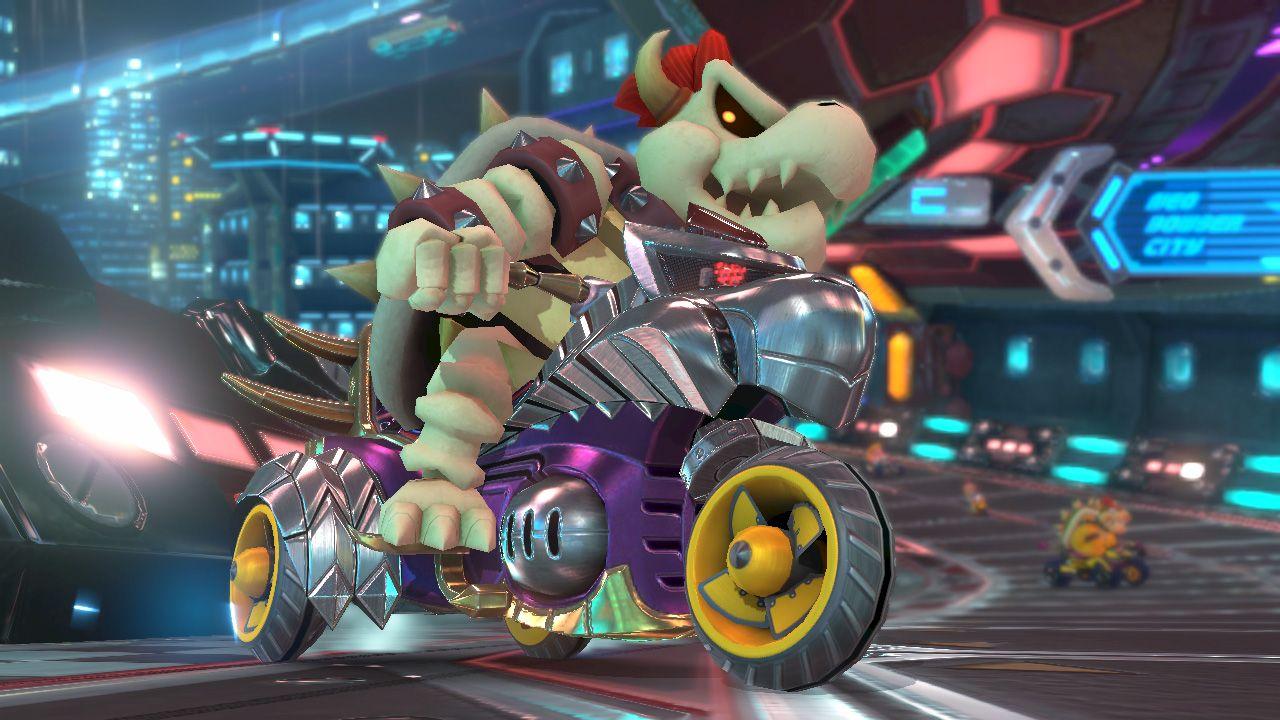
Mario Kart 8 Deluxe characters: Every DLC, best racers
There are DLC characters, too!

Does Content Warning have VR?
As a game focused on sharing your spooky encounters, Content Warning seems like the perfect game for...
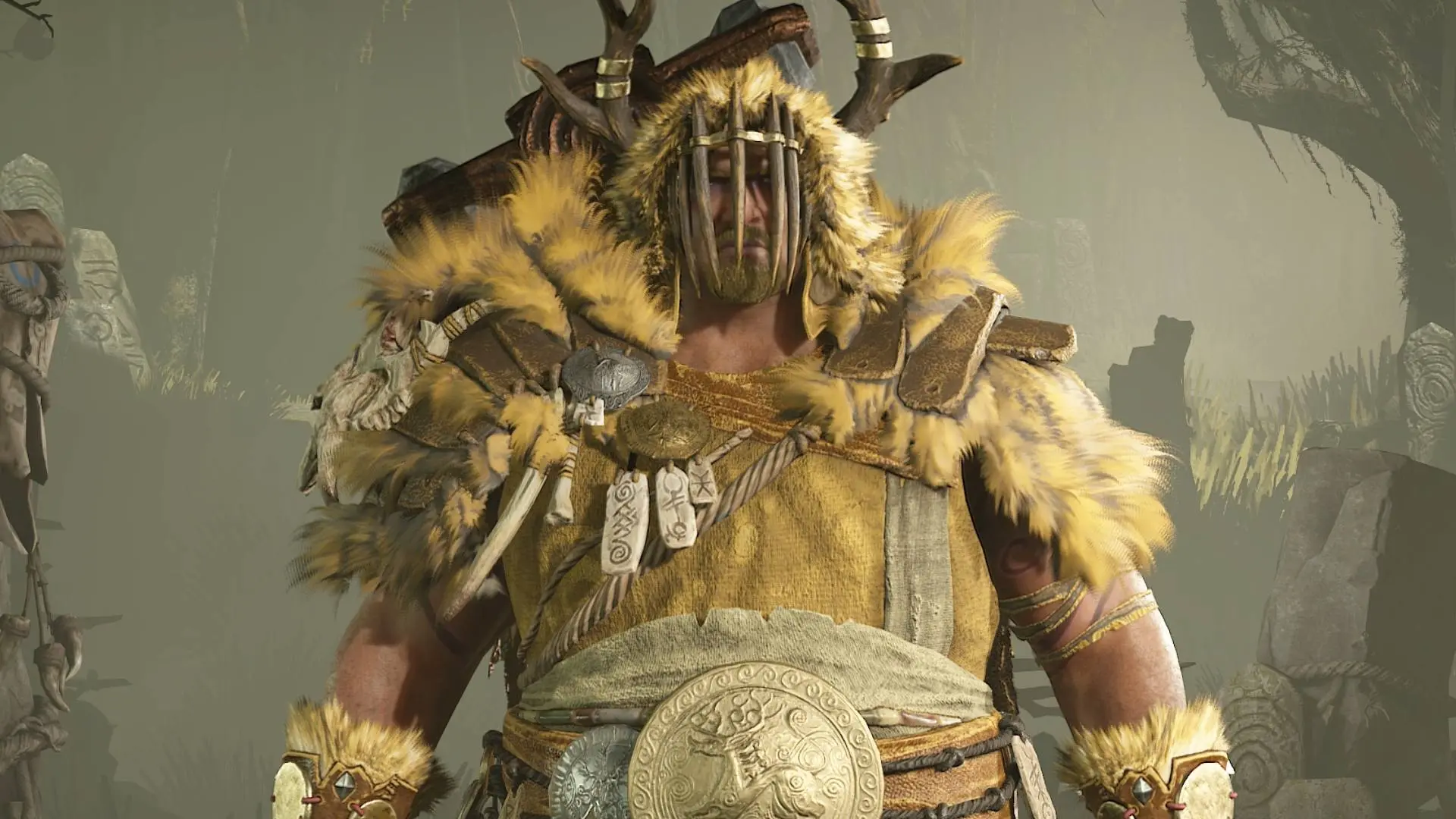
Diablo 4 Thorns: How does it work?
It’s a simple, but powerful substat.




